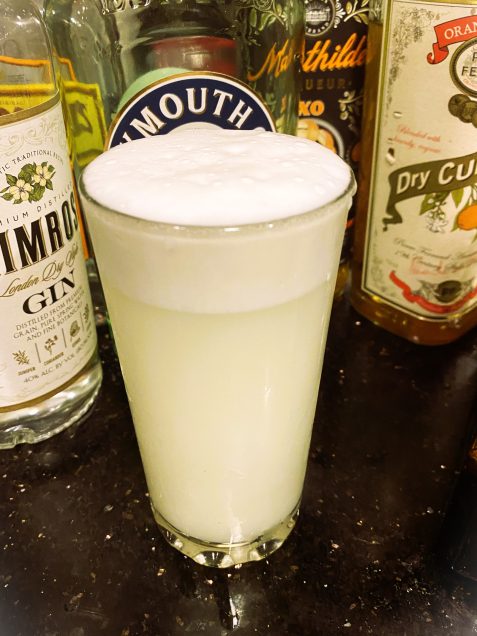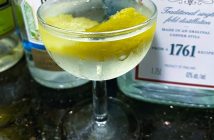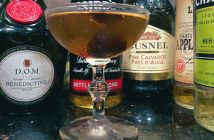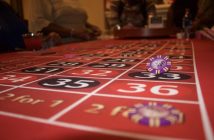 The Midnight Fizz was written up by New York Times food and drink writer Rebekah Pepplar and that’s about all I know of its origins. Why “midnight”? I haven’t a clue. The drink is greenish white and there’s nothing particularly nocturnal about it; it would make a fine breakfast cocktail if you’re into that kind of thing.
The Midnight Fizz was written up by New York Times food and drink writer Rebekah Pepplar and that’s about all I know of its origins. Why “midnight”? I haven’t a clue. The drink is greenish white and there’s nothing particularly nocturnal about it; it would make a fine breakfast cocktail if you’re into that kind of thing.
What I do know about this fizz is that it’s a variation of a gin-based Silver Fizz or Gimlet. It’s a decent reworking of old themes and it’s got more booze than its predecessors; so, there’s that. Also, it’s second summer here in L.A. and maybe where you are as well. Why not work in one more super ice-cold frosty beverage before the chill sets in?
The Midnight Fizz
2 ounces gin
¾ ounce fresh lime juice
1 egg white (1 ounce of packaged egg white)
½ ounce orange liqueur (Curaçao or Cointreau/triple sec style)
½ ounce simple syrup (or equivalent superfine sugar, if you like)
Chilled soda water (roughly 1-2 ounces)
Combine all the uncarbonated ingredients in a cocktail shaker with no ice. Shake vigorously for several seconds to emulsify the egg white; keep that lid tight to avoid the mildly explosive revenge of albumin. Next, add ice. Shake vigorously for about as long as you can stand it.
Next, double-strain the liquid into a chilled Tom Collins or rocks/old-fashioned glass to get rid of pulp and tiny bits of ice. Once you’ve strained all the liquid, top it off with some well-chilled soda to ensure an ice-cold and truly frosty beverage.
****
So, about that double-straining. What’s wrong with a little lime pulp or ice? Nothing! I typically prefer using a regular strainer, but the reason it’s important here is that removing the pulp tends to soften tart and acidic notes. When I single-strained Midnight Fizz, it was disappointing enough that I considered dropping it. When I remembered the mention of using double-straining in the original recipe, however, everything fell into place.
To be specific, I’m a fan of Tanqueray’s Rangpur gin but the Rangpur lime that accents this expression at first made for a drink neither I nor my in-house guinea pig enjoyed. This Midnight Fizz was both way too limey and too sweet. Double straining the drink solved the problem for Rangpur and it was one of my better attempts at the Midnight Fizz. I fine strained all the drinks after that.
My outcomes were simpler than with Rangpur but still good when I used decent bottom-shelf gins like Gordon’s and Primrose. Moving back to the premium mid-shelf, Bombay Sapphire — which can be very reasonably priced for CA shoppers at the 1.75 ml size — was probably the best of the lot. Its slightly botanical-forward profile was a flattering counterpoint to the citrus and sweetness. Plymouth Gin is nearly always a solid choice, and so it was here. The most interesting version of the drink was with an artisanal LA-centric expression, Mulholland Gin. Up to now, I haven’t quite known what to make of this product, with its very intense notes of lavender and bitter cucumber. The Midnight Fizz was the best match for it so far.
As for which orange liqueur brands to use, there are a lot of ways to go. Ms. Pepplar of NYT suggested Pierre Ferrand Dry Curaçao, Cointreau, or its less upscale relation, triple sec. I had good luck with the first two liqueurs, but the Midnight Fizz also turned out to be a good home for a bottle of Mathilde Orange I’d barely touched. It’s another member of the Curaçao family – a bit cheaper than Grand Marnier but maybe just as good.
Tags: cocktails, Drink of the Week, gin, gin cocktails


